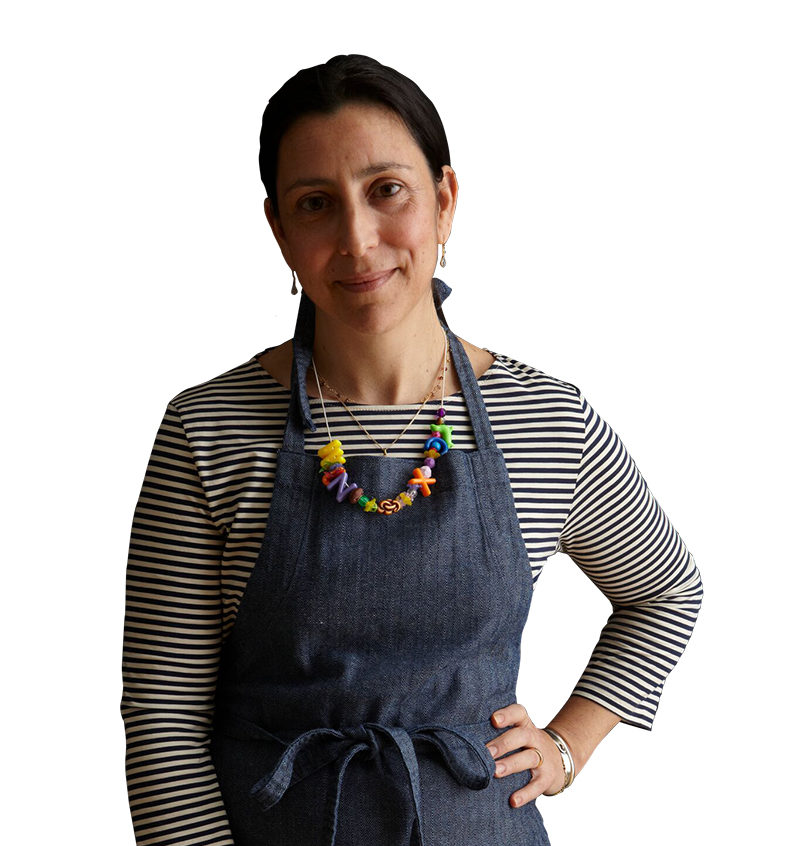The people of Bayou Lafourche and Grand Isle, Louisiana, live and work smack dab at the center of nature—an aerial view of the area shows more water than land, and Grand Isle is definitively the end of civilization, tapering off into the Gulf of Mexico. They also live at the heart of our country’s most expansive oilfield. Steel structures crisscross the horizon, helicopters hum overhead, and drawbridges lift to allow crew and supply boats an easy path down the bayou to service and stock rigs in the Gulf. To the outsider, this intermix of oil and wilderness appears odd. Even ugly. But from the perspective of the bayou Cajuns (their more landlocked kin, the prairie Cajuns, live around Lafayette), the oilfield and nature coexist in harmony, the financial gains from the former funding good times in the latter.
We set out, as usual, to talk with subjects who could help paint a picture of the area’s food culture. What we found was a set of people who necessarily walk a line between industry and nature. We found a phenomenal outdoor cook, Mark Callais, whose cooking career began on a supply boat and landed in the PR arm of a supply boat company. We found George and Donna Terrebonne, owners of the Seafood Shed, who as a young married couple owned a service station. We found Wayne and Donna Estay, former shrimp dock operators who now, in retirement, own interest in a crew boat business. And we found Chine Terrebonne, a third-generation shrimp net maker who compensates for the lagging shrimp business by making nets that dredge the Gulf floor for the oil industry’s trash.
We conducted these interviews six years after Hurricanes Katrina and Rita wrecked the area, and roughly a year and a half after the deadly and devastating Deepwater Horizon oil spill. These events are some of the worst natural and manmade disasters this country has endured to date. Timing being what it is, the interviews tend to dwell on the hurricanes and the oil spill. Many of the subjects’ livelihoods still hang in the balance, as shrimp, oyster, and crab catches are unusually low at the time of this writing, perhaps an after-effect of the oil spill and its cleanup. Fuel prices, ironically, continue to rise. But even in the future, once these most recent trials are mere memories, they will serve as metaphors for the hardships that people who live and work so close to the land and water—and the oil—perpetually face.
Fortunately, no amount of adversity can keep these interviewees from a good plate of seafood. Specialties of the region include spaghetti étouffée (also known as smothered spaghetti or fisherman’s spaghetti), crab patties, boiled crawfish, seafood gumbo, fried catfish, and roasted duck (poule d’eau, or coot, is the favorite). Don’t believe that duck counts as seafood? Ha! Tell that to a bayou Cajun. Gumbo is often roux-less. Onions are browned to a nice shade of black. Filé is packaged in baby food jars. Red pepper is used, but sparingly. And everything is better when cooked outdoors.
Joey Fonseca of Des Allemands Outlaw Katfish is our one geographical exception. He lives on Bayou Des Allemands, which is upland from Bayou Lafourche. His wild catfish and his story are too excellent to miss.
Special thanks to SFA friends Celeste Uzee and Jim Gossen, whose knowledge about living and working down the bayou helped shape this project in immeasurable ways.


















